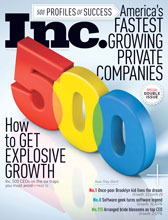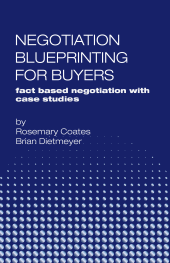1980’s
- Arms length business relationship (our-side vs your side)
- Initial software with purchasing systems that automate POs
- Use of learning-curve theory to drive down pricing year over year
- $1000 government toilet seats and $75 ashtrays because these things required “R&D”
- Vendor entertainment, gifts (bribes?), personal relationships off the books
1990’s
- Win-Win approach to negotiation
- Emergence of purchasing modules in ERP systems
- Title changes from Buyer and Purchasing Agent to Procurement Manager
- Use of consultants to help with spend analysis
- Increased acknowledgement of Procurement as a part of the broader Supply Chain
2000’s
- Adding value to negotiations through trades
- Non-production spend analysis and solutions
- Control over maverick buys through software
- China sourcing (low cost country sourcing and production
- Coordination across the Supply Chain

So over 20 years we’ve made progress on capturing and implementing best practices, automating and auditing. But we are all still learning how to develop and execute the best relationships with vendors. We still have much to learn about negotiations … and I am not talking about how to squeeze the last dime out of a vendor. We need to learn how to add value to the deals and how to build strong and strategic relationships over time.
If we take the high ground and focus on value, not price, we take the first step in the right direction. This is a significant change for Procurement professionals, but an important directional progression.
You may read more of Rosemary Coates' thoughts on the buy side of negotiation on her Think-Inking blog at http://rcoates.blogspot.com/





